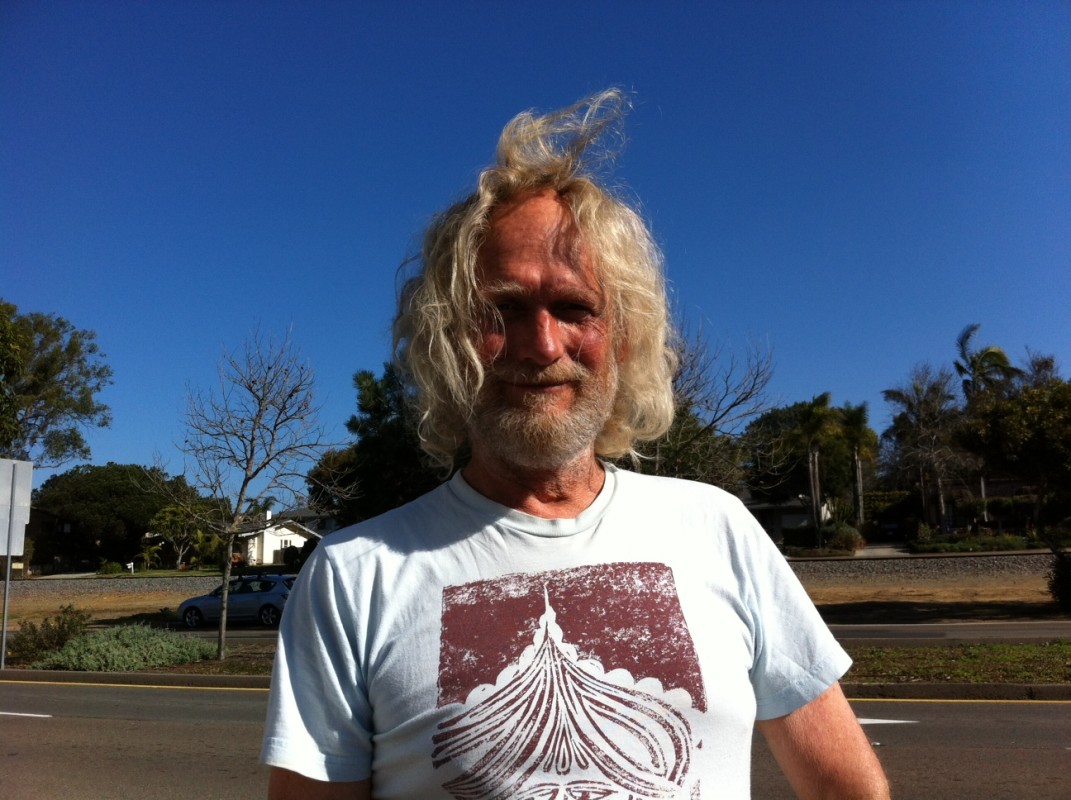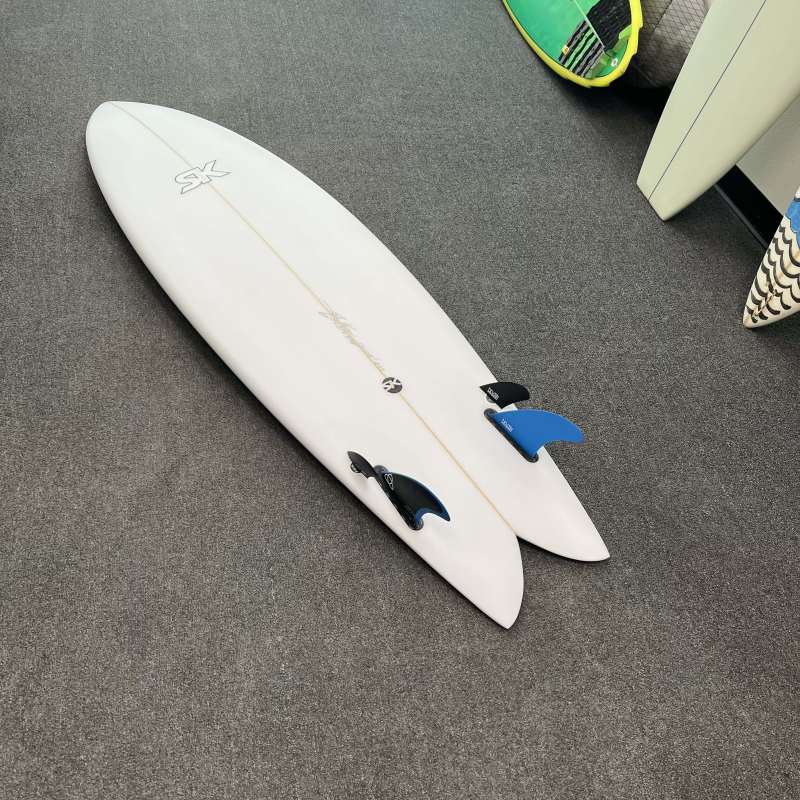In 2005, Manuel Caro was working for Strive Surfboards in Santa Cruz, California, when an RV pulled up to the factory. The driver of the Winnebago left a lasting impression on the young shaper. The driver was the eccentric Wil Jobson, the Pacific Northwest-raised, Southern California-honed surfer credited with inventing the four-fin twinzer design in the late 1980s.
Caro described Jobson as “Albert Einstein trapped in the body of Popeye.” A savant genius on the tools, Jobson (who carried around his pet lizard named Bongo) introduced Caro and others to the nuances and advantages of his twinzer design.
Though the name may sound a bit silly, there are shapers and surfers who swear by the configuration to this day. Jobson’s creation is the theme of the 2024 Boardroom Show’s Best in Show event (October 12-13 in Del Mar. Get tickets here). Anyone can enter their twinzers in the showcase, which will be judged by the attendees this year. Unfortunately, Jobson is off the grid and could not be reached, but we called two dedicated shapers to shed light on a remarkably versatile four-fin setup.
Nearly two decades after meeting Jobson (who often trekked to California from his home in Whidbey Island, Washington), Caro is among a modern pedigree of shapers who know and deeply care about the design’s nuances. Now residing in Leucadia building under his own label Mandala Custom Shapes, Caro sees a logical progression for people’s interest for the model. When he first met Jobson, much of the surfing population’s attention was on keel twins and quad fishes. 17 years later, he’s seeing that desire for speed + control spark curiosity in twinzers. It’s the same thing that clicked with Martin Potter when he first tried Jobson’s design in 1988.

Manuel Caro
In a nutshell, the board works because of the two small Canard fins positioned in front of two larger twin fins. This configuration directs water flow onto the foiled side of back fins, preventing the cavitation/slide often associated with twin fins. The twinzer creates a more efficient fin system, meaning it needs less surface area compared to most twin fins.
In the video below, you can see Creed McTaggart properly demonstrate the twinzer’s properties. Derrick Disney had an affinity for the fins during a SURFER project in 2018. It’s like a hybrid between a twin and a thruster. You get the speed of a twin fin with added control. You don’t have to nurse them on turns, and you’re sure as hell not going to spin one out.
“For the most part, people are coming from this muscle memory of thrusters where you’re used to pumping and generating speed,” Caro said. “The twinzer just allows you to have more gears under the gas pedal.”
San Diego’s Stu Kenson is one of the few shapers who has kept the twinzer flame burning for decades. He’s been shaping surfboards of all shapes and sizes full-time since 1989. Though he never met Jobson, Kenson has remained one of the twinzer’s most tenured professors. He built the “incredibly advanced design” under Rusty Perzendorf through the 1990s. Like Caro, Kenson has also seen a resurgence in the shape’s popularity in the last few years. He said the design accounts for between 70-80% of his sales today.
Though the design can be ridden by everyone from experts to novices, Kenson notes that it takes a careful eye when assembling. “The design is super important,” Kenson said of the fin angles and angles. “If you don’t put the fins in the right place they’re a dog with fleas.”
Kenson and Caro both laud the versatility of the design. It works from grovelers to guns, channels to eggs. One of Kenson’s models scales from 6’4” to 8-foot-plus.

Stu Kenson
“In the beginning, twinzers got a bad rep,” Kenson said. “But it works in everything. It’s just not a small wave board. They don’t have a top end.”
“Even though people have been making twinzers for so long,” Caro said. “I feel like with this renaissance in surfboard design that’s happened over the last 20 years there’s still so many designs twinzers haven’t been tried on or been explored. The door is still wide open.”

